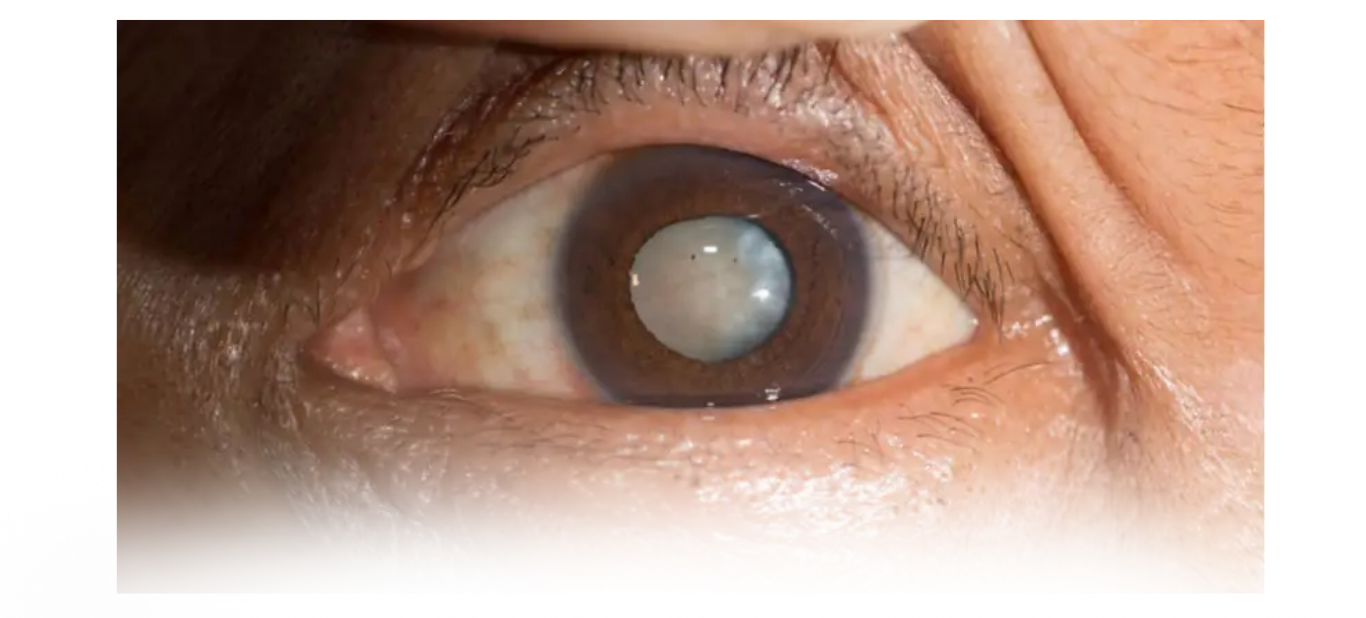Cataract
What is Cataract?
A cataract is the clouding or loss of transparency of the natural lens of the eyes. Cataract presents itself as blurred or dim vision as the lens which is responsible for focusing light to the retina is clouded.
At first, stronger lighting and eyeglasses can help deal with cataracts. But if impaired vision affects usual activities, cataract surgery might be needed. Fortunately, cataract surgery is generally a safe, effective procedure.

Cataracts Symptoms
If you have a cataract, you might notice these changes in your vision:
- - Blurry or clouded vision
- - Seeing double or ghost-like images in the affected eye
- - Increased sensitivity to light, especially glare from headlights at night
- - Difficulty seeing at night or requiring extra light for reading
- - Colors appearing dull, faded, or tinted yellow
If you notice any of these cataract symptoms, notify your ophthalmologist.
3.png)
Cataracts can make images appear dull or yellow.
2.png)
Blurry or dim vision is a symptom of cataracts.
3.png)
Cataracts can cause distortion or ghost images.
Cataract Diagnosis
To diagnose cataracts, your ophthalmologist will perform a thorough eye exam. This exam will include dilation, which involves using eye drops to widen your pupils.
1.png)
1.Slit-Lamp Exam
During this part of the exam, your ophthalmologist uses a special slit-lamp microscope to closely examine your cornea, iris, lens, and other structures at the front of your eye. This tool makes it easier to detect abnormalities.
2.Retinal Exam
When your pupils are dilated, they become wide open, allowing the doctor to better examine the back of your eye. Using a slit lamp, an ophthalmoscope, or both, the doctor looks for signs of cataracts, glaucoma, and other conditions, while also assessing the retina and optic nerve.
3.Refraction and Visual Acuity Test
This test evaluates the sharpness and clarity of your vision. Each eye is assessed individually to determine how well you can see letters of various sizes.
4.png)
2.png)
2.png)
3.png)
2.png)